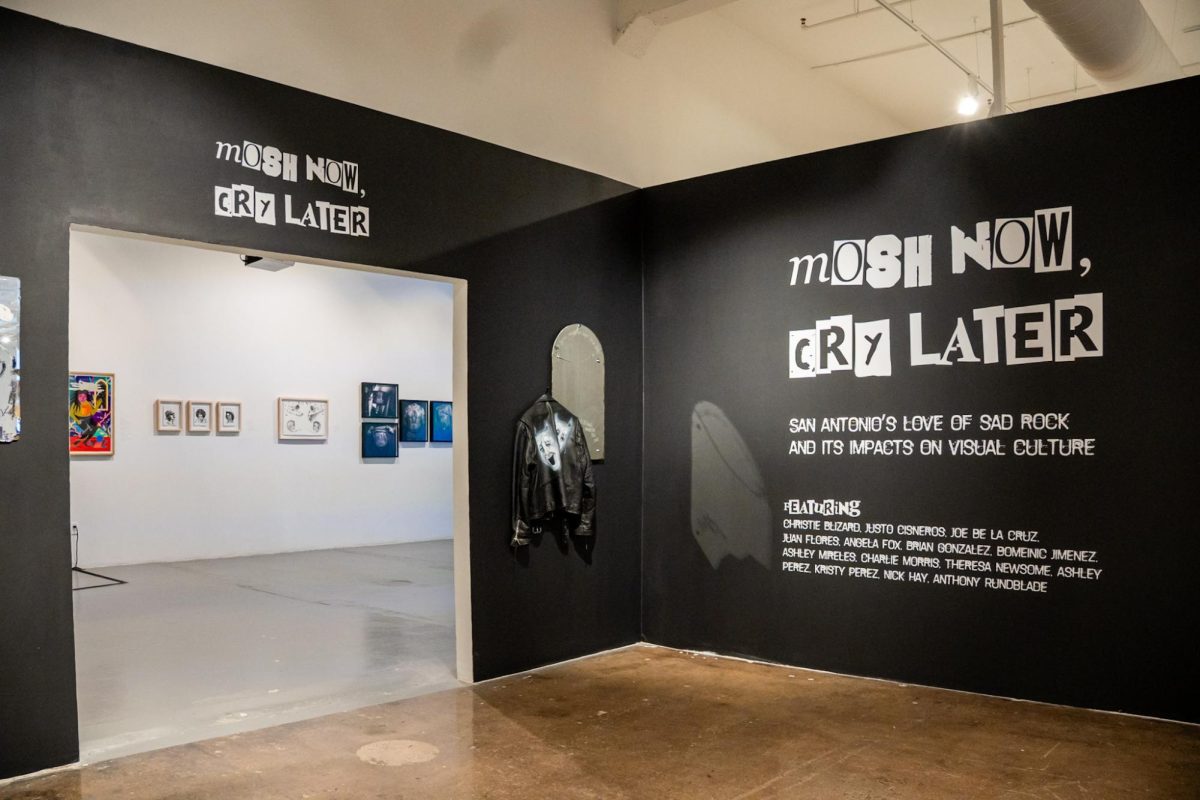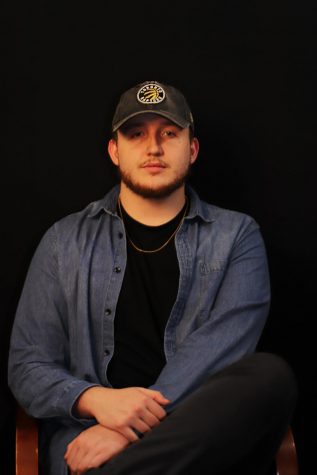“It’s a lot easier to fix broken kids than it is to fix broken men,” actor RJ Mitte said to conclude his disability inclusion seminar in Seguin, Texas on Nov. 7. Best known for his role as Walter “Flynn” White Jr. in AMC’s Emmy Award-winning drama, “Breaking Bad,” RJ Mitte also lives another life as a disability and inclusion activist. Similar to White Jr., Mitte also has cerebral palsy (CP), a disease affecting muscle and brain function. His acting career began with small roles in shows such as “Hannah Montana,” leading to his iconic role in “Breaking Bad.” His collaborations with United Cerebral Palsy and other organizations have allowed Mitte to use his platform to promote inclusion for disabled individuals. Mitte answered questions on Nov. 7, giving insight into his acting journey and his part in enabling a movement that destigmatizes disabilities in Hollywood and beyond.
According to the Center for Neuro Health, CP is the most common motor disability in the world, with one in 500 babies being born with CP.
Growing up and maintaining a role as a public figure, Mitte emphasized the need to preserve and reflect on his own identity, especially as someone whom society perceives as different, based on circumstances people with disabilities were most likely born into. “When you feel passionate, maintain it, and don’t let someone devalue that,” Mitte said. This seemed to be a theme of the Q&A. The talk primarily focused on disability inclusion but the universal themes of human identity are interchangeable for any person.
While reflecting upon the obstacles people with disabilities face, Mitte touched on the discourse surrounding disability activism. “People are too quick to jump to solutions without reflecting on the problem itself,” Mitte said. He emphasizes how necessary it is to be rational and methodical when discussing aspects of inclusion, with sensitivity being an integral aspect of activism. (See graphic (bottom left) for appropriate language when discussing the lives of individuals with disabilities.)
His acting career began when traveling from his hometown of Lafayette, Louisiana, to Los Angeles, California, with his family to get his sister an acting role as an extra on various filming projects. “The agent looked at me and said, ‘What about your son?’ ‘No, he has CP. Things may be hard for him,’ my mom said.” Mitte auditioned anyways and began his career as an extra in “Everybody Hates Chris” and “Hannah Montana.” All of these roles began within six months of him auditioning in Los Angeles alongside his sister, and an additional six months later, he auditioned and got the part as Walter White Jr.
“ [Breaking Bad] gave me so many opportunities…it opened the doors for not only me but everyone around me and solidified my place in the industry…Since then, I shoot three movies a year, and I am in a TV show almost every year,” Mitte said.
Mitte seemed conflicted when discussing his feelings about a larger presence of disabled actors in Hollywood.
“I don’t like targeted television or movies…I’ve been in the industry for 15 years and have seen the ramifications of creating things like this…Am I happy to see people with disabilities working? I love it…but I think the industry has a lot of damage control coming up,” Mitte said.
This is evident in the plethora of roles for which disabled people get cast. Disabled actors are often taken seriously only for roles as disabled people, typically having more extreme forms of disabilities in shows or movies. Mitte works to break that stereotype by auditioning and taking roles for characters who don’t have a disability at all. A large aspect of disability inclusion is not restricting these people and giving them a platform to deviate away from the status of disabled actor and just be labeled as an actor.
Validating the experiences of POC, LGBTQ+ people and other marginalized groups is important, but so is listening to the experiences of those with disabilities allows everyone to perceive life through a different lense. Although dialogue and representation are critical to the enhancement of human rights, understanding that people with disabilities are not different allows us to coexist and learn from each other. This is why Mitte is so adamant about not limiting disabled actors to only disabled roles and pushing producers to cast more disabled people for non-disabled roles.
Society gravitates toward sensationalized and depressive content, especially when it comes to disabled people. Mitte stresses the positive aspects of being disabled and strives to switch the narrative that has been assigned to him.
Mitte also advised a mother in the audience who has a two-year old with CP.
“Therapy does not end once you leave the office…Have him fold towels and sort loose change to build dexterity,” Mitte said. “There’s dark spots on my brain…with CP certain parts of the brain were not getting blood flow…so what he needs to do is train his neural-network by stemming the lobes of the brain through these activities.”
He also encouraged the mother to put her child in sports and not limit him just because he has CP. This underlying theme of turning obstacles into assets was a testament to the successes of Mitte and others with CP who have strong aspirations like he did on his journey to Hollywood.
“One thing I would like to leave y’all with is to be aware…and you need to protect your own identity,” Mitte said before leaving the stage.
Reversing the stigma surrounding all forms of disabilities not only promotes human rights, but also provides visibility to a heavily marginalized demographic. According to the Wheeler Centre, when Mitte began his acting career, only two percent of actors had disabilities — this number is now around five percent. With more work to be done, it is important to listen to the journeys of individuals like Mitte in an effort to become a more conscious ally in activist movements.










